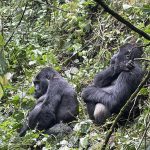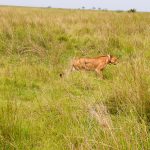It derives its name from its enormous shoe-shaped bill.
Genetic evidence places it with pelicans and herons in the Pelecaniformes. The adult is mainly grey while the juveniles are more brown. It lives in tropical East Africa in large swamps from South Sudan to Zambia.
The population is estimated at between 5,000 and 8,000 individuals, the majority of which live in swamps in South Sudan, Uganda, eastern Democratic Republic of the Congo, and Zambia. There is also a viable population in the Malagarasi wetlands in Tanzania. BirdLife International has classified it as Vulnerable with the main threats being habitat destruction, disturbance and hunting. The bird is listed under Appendix II of the Convention on International Trade in Endangered Species of Wild Fauna and Flora (CITES). Habitat destruction and degradation, hunting, disturbance and illegal capture are all contributing factors to the decline of this species. Agriculture cultivation and pasture for cattle have also caused significant habitat loss. Indigenous communities that surround Shoebill habitats capture their eggs and chicks for human consumption and for trade. Frequent fires in southern Sudan and deliberate fires for grazing access contribute to habitat loss. Lastly, swamps in Sudan are being drained for construction of a nearby canal that allows for artificial control of nearby waterways.






